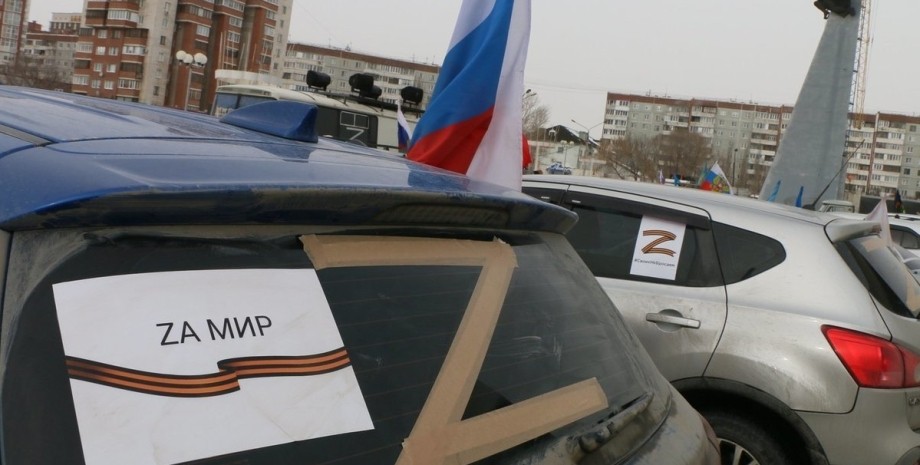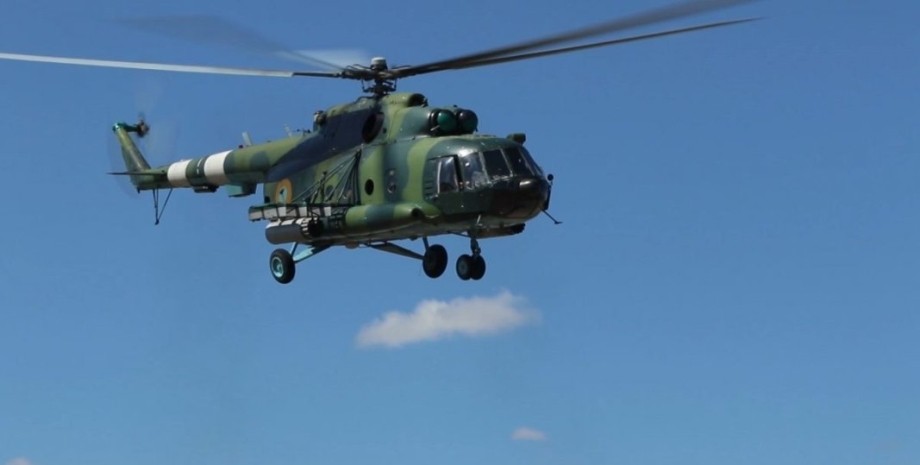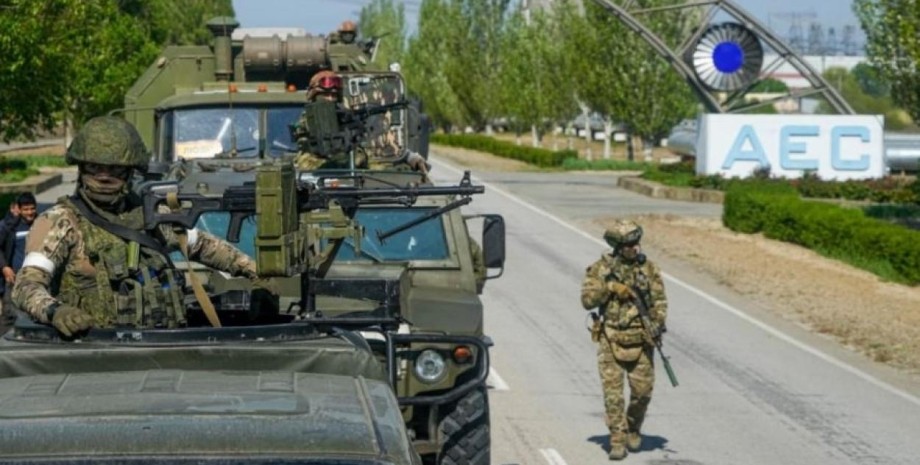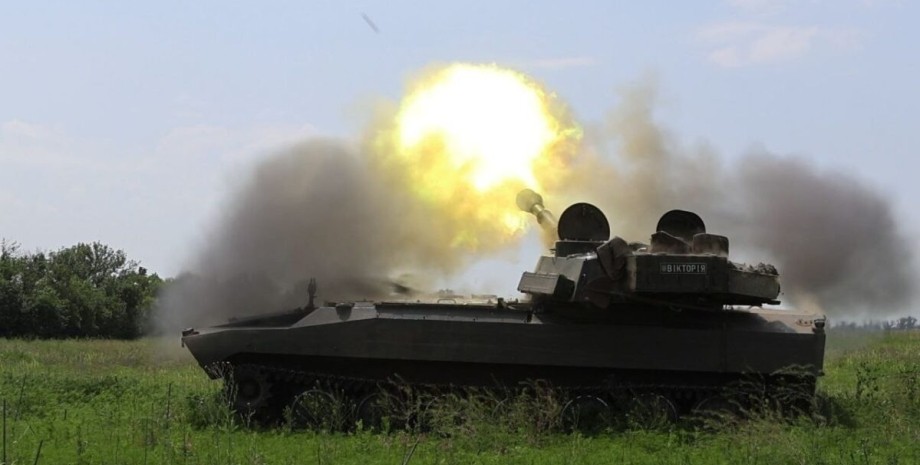
Video of the day during the occupation of more than half the population of the 46,000th city managed to leave, others were hostage to the Russian military. And after the invaders escaped, at least 445 burials with the bodies of military and civilians, including children, were discovered in the Izium Forest Body. Almost 350 bodies have already been exhumed, and almost all of them have signs of violent death are victims of shelling, torture and abuse.
According to militiamen, the death toll can be much higher. Meanwhile, those raisins who are lucky to survive learn to live again in their free but completely destroyed city without water, gas and light. Such people are helped by Kiev Maxim Krakowski, a volunteer of the Fund of the Creed, who was one of the first to arrive in the de -occupied raisins with products and other necessary things. Krakowski told about what he saw and heard in Izum.
“The first thing that is felt in a de -occupied Izium is a very big difference in the mood of the population. In the Kyiv and Chernihiv regions, where we came in the first days, people did not understand after the release that the war had begun. Everything was caught by surprise, and they just found themselves in the events of the events, so they were confused and frightened. In Izium, people lived in the occupation for six months, looked at a lot and as if they were accustomed to the war.
The landscape of the city, on the contrary, is very similar to the Kyiv and Chernihiv region after de -occupation: broken dressings and shops, precisionly destroyed buildings, houses without roofs and windows, and sometimes completely surviving quarters. Between this, people go to their ordinary affairs, remove grass and cut trees. In early March, water, electricity and communication disappeared in Razum.
And the only place where you could catch the Ukrainian network - Kremints Mountain, the highest point of Kharkiv region. So, scratching her, the residents of the city and learned how the landscape changed around, where new destruction appeared, where what burned down and which side is now being fired. Later, a generator was installed in the district administration, so in the morning the locals passed all the gadgets for charging and in the evening taken to read or watch the movie.
The food was cooked at the hearth in the yard. There were more or less products-some markets worked, someone brought something from Russia. And the invaders issued the so -called humanitarian - every two weeks of a jar of stew. Subsequently, stores were worked, but there was such a installation immediately: price tags should be in UAH and in rubles, and if only in UAH - the store was looted. Local pensions were paid in rubles, as well as salaries for public utilities. Of course, everything is cache.
Therefore, the first question, from the following: "And what is the exchange rate of the ruble in Ukraine now?" At the beginning, the locals were not too restricted in the city. But before the Ukrainian army went on the offensive, the Russians completely closed people in homes and did not let it go for several days. The most difficult was the inhabitants of high -rise buildings, because they were fired most often, and many had to live in dilapidated apartments.
And if the light was returned anywhere with interruptions, then the water supply was never restored. Unlike Kherson and Zaporizhzhya region, the Russians did not fit in communication. What surprised me is that many young people and children under 14 are left in the city. This is such a standard story: someone believed that at any time he could go to his car, someone had nowhere to go, and someone did not want to leave the garden.
Now they are all on the rise of the spirit and, to my surprise, very friendly and open: everyone approaches to share their happiness, want to hear news, ask how it was in other parts of Ukraine all this time, tell about themselves. These pain stories are similar: how one of the relatives killed how they live on because they must. The shelling often made raisins in the gardens.
The younger ones fled to the hiding place, and the summer simply did not have time - so they were killed directly with a shovel or a sap in their hands. I was most impressed by the stories about the Lnivtsi, which kept the city at the beginning. According to the local, they hated Ukraine and Ukrainians that they were the worst with them. The cases heard were different, but the most classic: they approach two Urals under the house, close people in the detachment and silently carry everything.
Then they go to the market and sell. The Russians had some ancient conflict with the "LNRIR", so sometimes they were cut, but they made money on it. The man 65 said that when he was taken away, he had to go to the Russian commandant and to agree for money to return the car. Is it another story from a woman whose son was a participant in the ATO. Usually the scheme for the occupiers is as follows - only they take the settlement, then they first ask where the atosters live.
Yes, she says, her son was taken away, so she had to release the baby for "stupid money" - $ 400. For Izum it is a large amount. After that, her son was hiding in the basement until the end of the occupation, losing his food and water. It was not the worst idea. In the occupied Izium, the practice of abduction of activists and people with pro -Ukrainian views was widespread.
It could happen anywhere: somewhere on the street they checked the phone, something did not like it, and the person disappeared, or one of the neighbors was "rushing", and the outfit had already arrived purposefully. Some of them did not find people, someone returned broken, someone after survived torture hanged, someone stopped talking at all. Most often, the locals come to us now, start crying and described everything in one word - "horror".
For example, once in the afternoon, the Lnivtsi fell, laid the hail not in the direction and hit the square where people in the queue were waiting for a car with bread. Immediately fifteen shots were killed. Local were told and people from burning multi -storey buildings after the projectile were pulled out on their own, because no one else had to do before. In the cemetery, they were banned from appearing for unknown reasons, so many hid the dead in the forest or yards.
In general, people who have lived such a long time in occupation deform the concept of the value of life, it is very devalued. For example, here is the story of a young guy: "You are going down the street, and at the other ends, the drunken" Lnivtsi ", argue who is respectful for whom. One of them lifts Kalashnikov on you and begins to aim, focus. At this time you are quietly jumping into the grass, because such a life.




















Všetky práva vyhradené IN-Ukraine.info - 2022